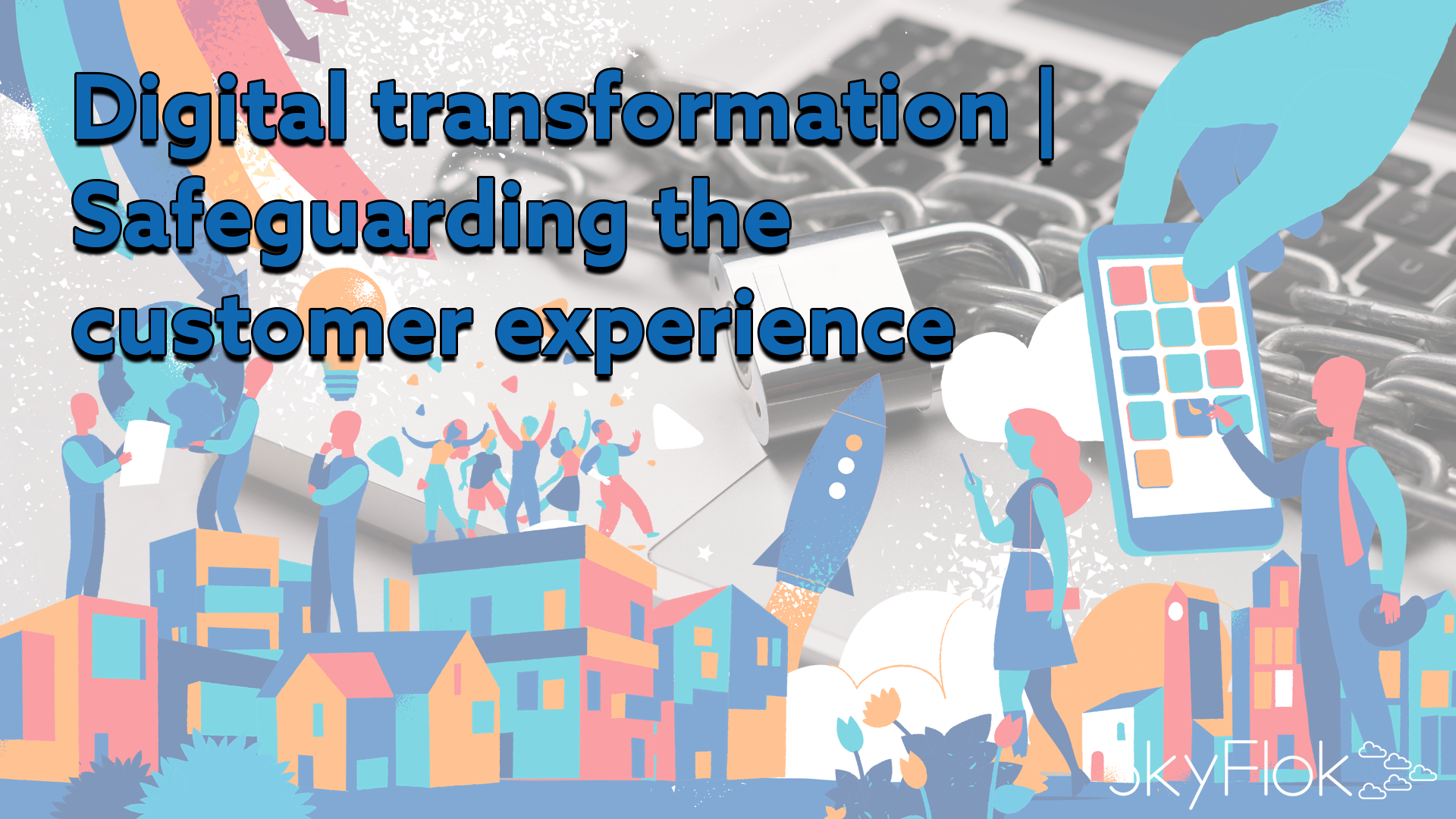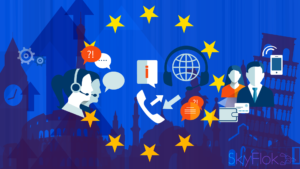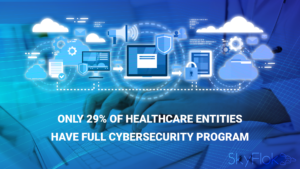In the past, customers trusted IT companies because of intangibles that make up the brand. But today customers want more. They want constant ‘availability’ of files and services and given the wave of data breaches, customers expect companies to be responsible for their actions and the data they manage. Security is now an important competitive differentiator.
Does your company need a trusted platform where you and your colleagues can store and communicate files securely with your clients?
Secure your and your clients’ files with a privacy-first solution like SkyFlok.
SkyFlok allows you to interact with your clients through a secure environment (Client Spaces) that allows you and your clients to upload critical files and keeps track of the events and changes to files by each party. Our patented technology protects your and your customers’ files from external or internal attack on your data, making sure it remains private at all times.
Let us help you keep your files safe and give your clients a great customer experience. Join us!
There is a link between customer experience and security, and digital transformation projects need multi-vendor strategies to succeed. At the start of the year, IDG predicted that some $1.3 trillion would be spent on digital transformation (DT) projects around the world. That’s everything from hardware and software to services.
Customer experience and security – people expect more
But research shows that the link between customer-centric strategies and security is becoming stronger, in fact, two-thirds of consumers would have to be convinced to shop with a brand following a breach.
All the time companies are improving the experience so that people repeat buy, so they must invest in security. They simply can’t avoid it if they want to acquire and retain loyal customers. It costs too much to find customers and can hit the bottom line hard if they are let down. Over 40% of customers say that breaches would cost the company in excess of $1million. And that’s before customers have asked for their pound of flesh in compensation.
The cloud is, of course, one of the best ways to deliver a better customer experience. You can streamline the process, reduce repetition and be more agile with the use of new applications. However, there is an undeniable problem with the cloud. And that’s security.
In fact, 97% of CXOs say that the cloud is a real headache for keeping the network secure. Despite the fact that 90% are using public and private clouds to facilitate the transformation, the concept undermines everything, as it’s a complex web to protect.
Plus, execs admit that there’s added pressure from grappling with the security implications of managing the change because cloud environments have the potential to become less stable during transition. There’s an inherent risk to the project.
In response to the challenge, 71% of execs are ring-fencing more of their security budgets for machine learning and automated security tools – as much as 43% of the budget is going on automation alone. It’s a sensible approach and one to be advocated. However, diving in with both feet could create as many problems as it solves.
Why? Well as good as technology is as at doing the thinking for you, cybersecurity AI is still not foolproof. The ‘robots’ have a lot to learn before they can be 100% right at spotting an attack.
It’s therefore vital that there is still an amount of human skill involved. Vendors, academia and in-house talent should all make up the armoury. It’s encouraging that 37% of businesses are now working more closely with educational institutions to recruit security experts and a similar number are using the new breed of white hat hackers. It shows that the investment in creating skilled security experts at grassroots is starting to pay off.
Of course, while that young talent is essential, intel from the front line is just as important and that’s where vendors come in. They are setting honeypots all the time. They are watching activity on the darknet and they are also researching techniques to counter the attack vectors that persist at any one time.
Monitoring the darknet is really taking off in this area and if your own team can’t support the process there are vendors who can.
Secondly, the security that is provided by the cloud providers often isn’t coherent enough. Studying this, it’s apparent that the security provided is often set to the minimum thresholds for protection and the provision needs to be continually bolstered and reviewed.
There is too much risk in trusting that the security is in place and up to date and that it will always stand up to the test. Companies have to know that what’s in place as standard is as good as, if not better than it needs to be and third-party reassurance is going to be imperative in this matter.
Finally, cloud environments are ripe for application management and it’s why it’s such a boon for DT projects. In some cases, as much as 50% of the applications a company uses are hosted in the cloud.
However, execs admit there are flaws in the plan: 82% of execs say their companies do not include security review processes in the development of applications, and there are no bug bounty programmes in 65% of cases or built-in testing procedures for almost half of all DevOps. That’s a sizeable blind spot to have and closing it has to be top of the list as the reliance on apps goes up.
Overall it takes a strategic approach, one where the approach to adopting the cloud is done hand in glove with security experts – wherever they may come from. Bringing together suppliers, developers and vendors companies have a greater chance of being able to limit the risk of security breach and seeing DT programmes reach their full potential.
So just as companies have multi-cloud strategies in place, they need to have multi-security vendor policies in place. Such an approach should provide three things. Firstly, while a single preferred security provider has merit, no one knows everything. Given two-thirds of companies say their networks could be penetrated by hackers it’s clear that more than one pair of eyes and ears on the job can help to find and diffuse situations more quickly.
Click here to view original web page at www.comparethecloud.net







